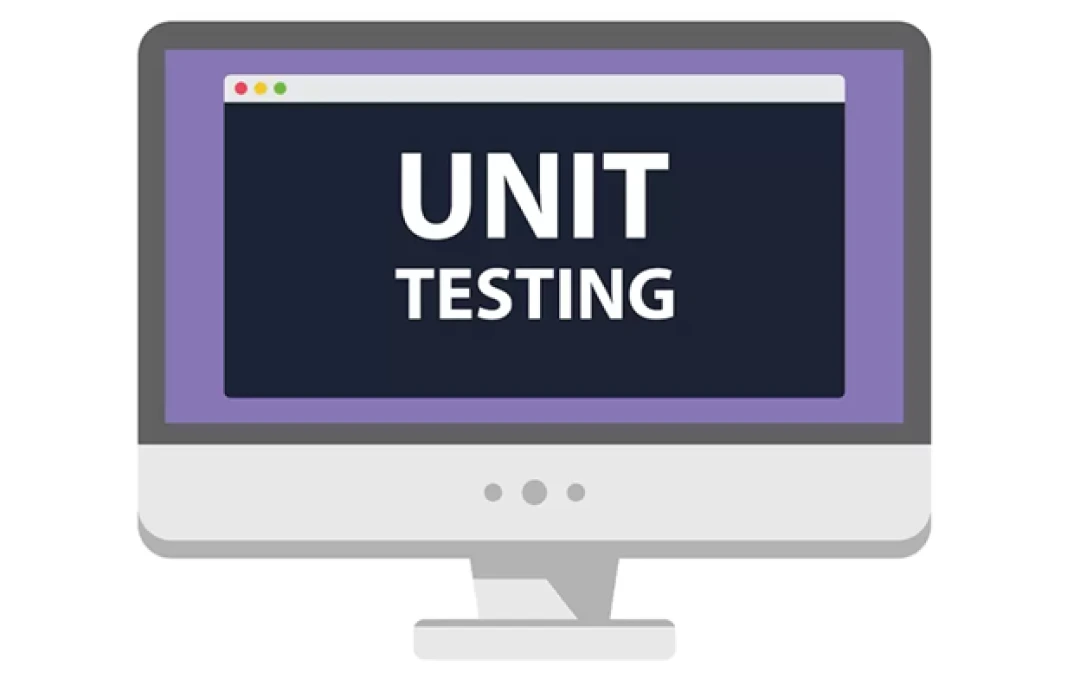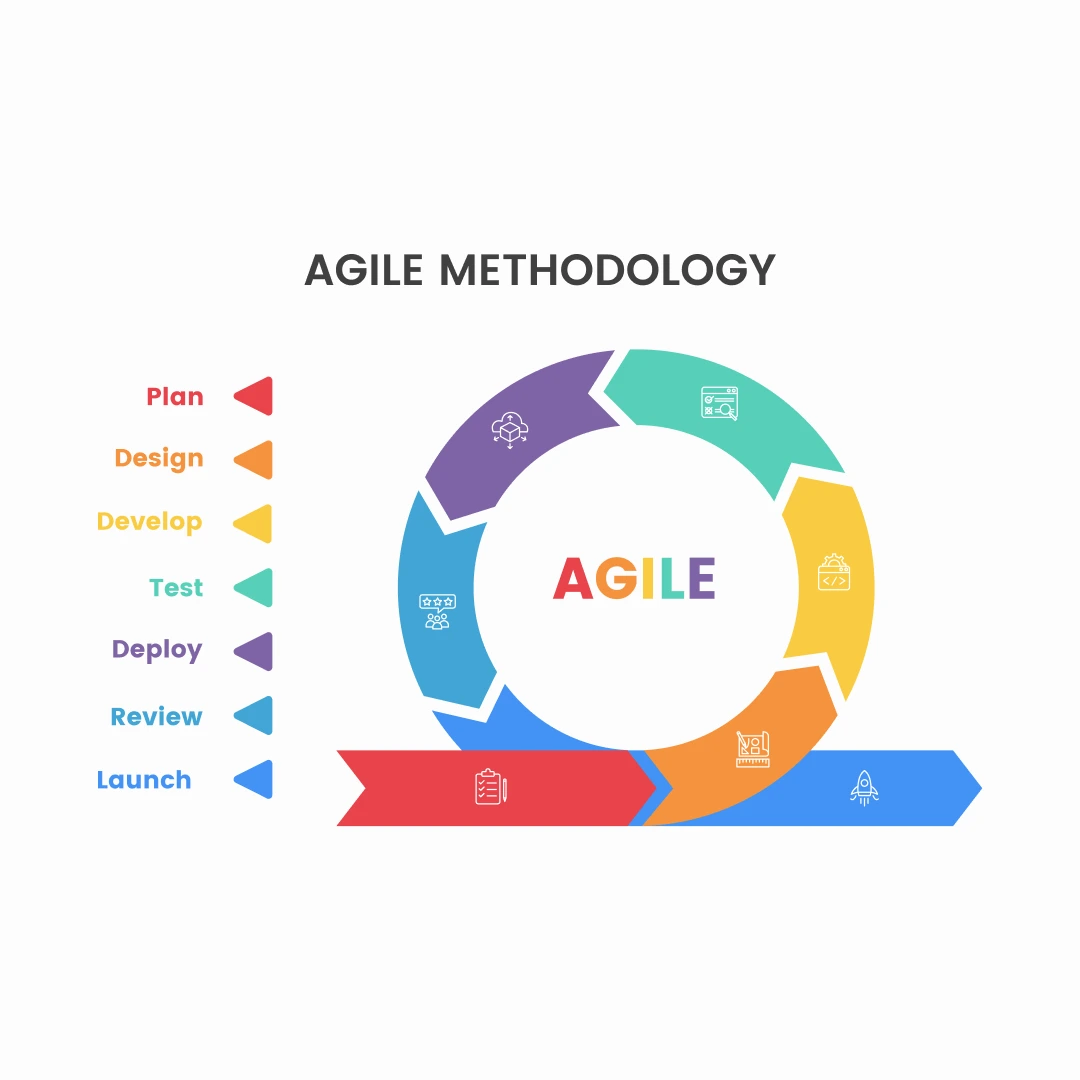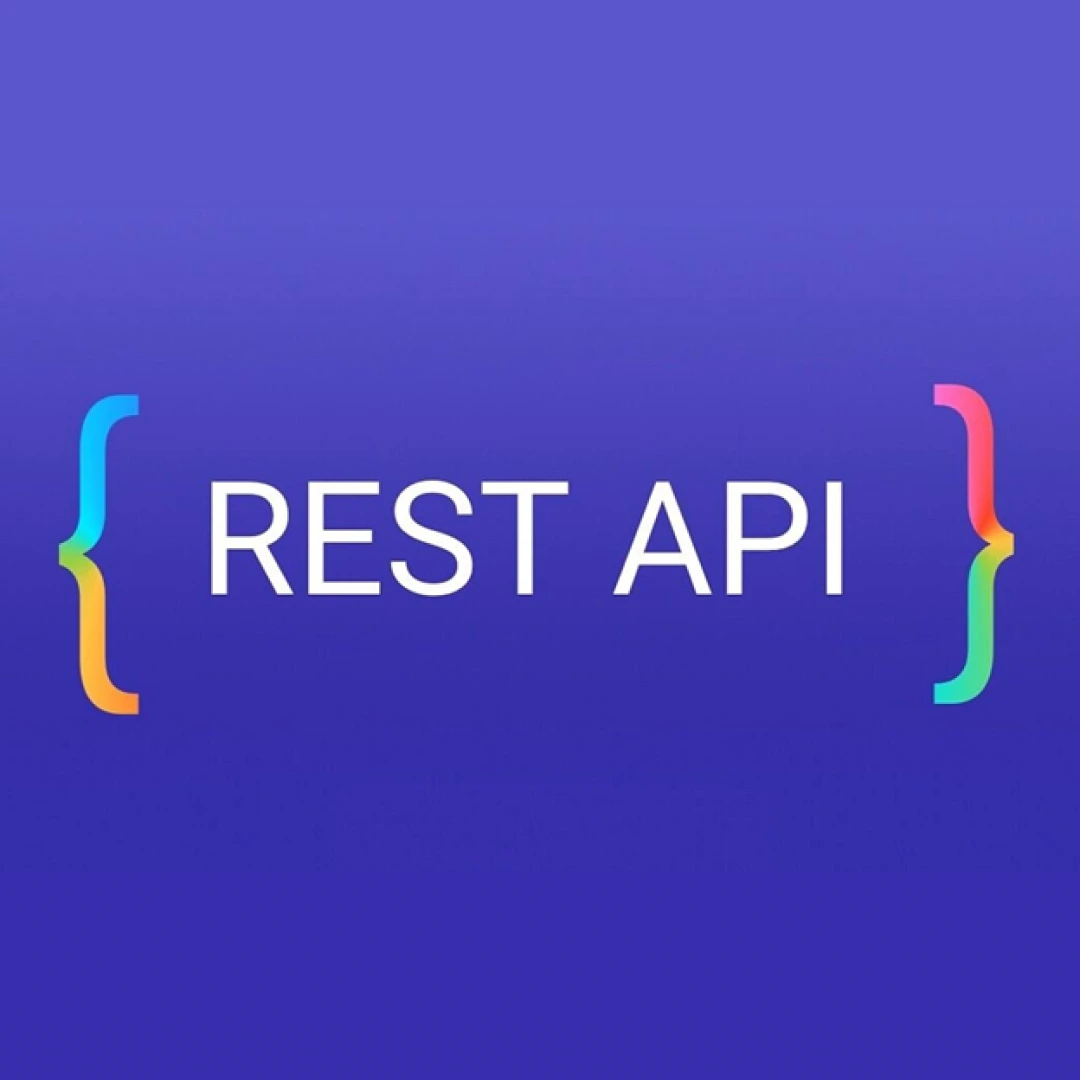

Table of Contents
- What is content optimization?
- SEO
- Meta Tags
- Keyword
- Content distribution
- Optimised H1 and H2 tags
What is content optimization?
It is a process of writing the content in such a way that it reaches the largest possible audience that is targeted by the writer. This includes many SEO (Search Engine Optimization) techniques that are, adding appropriate keywords and related keywords, meta titles and meta descriptions, and relevant slugs. Optimized visual images, that is, adding alternative texts to the images also helps in ranking the content. In this blog, we are going to elaborate on each term and technique that is used to optimize the content and rank it on various website browsers.
SEO

SEO is a marketing tactic that is used to rank content on various search engines, hence, it is really important for the websites to include these techniques to gain the targeted audience from various search engines like Google, Bing, and Yahoo. It stands for Search Engine Optimisation. Higher the rank, higher brand awareness, audience, and eventually the revenue. SEO consists of two major categories – “on-page” and “off-page” and both of them are necessary for a website to grow. On-page techniques include meta tags, quality content with keywords and other content related matrixes, clean site architectures, etc, and are directly controlled by the owner of the website, whereas, off-page techniques include creating backlinks to gain the trust of the audience, however, the primary reason is generating a social media presence for the website. These techniques are influenced by the readers, publishers and other visitors. Further, SEO has various sub techniques which are as follows: -
Meta Tags
Meta tags are HTML tags that are used to describe the topic on which the blog or content is based on. They can also be seen by the users by simply selecting View/Source from the menu of the browser. There are ten Meta tags and four of them are used for Search Engine optimisation, amongst which two are, Meta Title and Meta Description and both of them are equally relevant and pivotal for optimisation as they contain the focus keyword as well as associated keywords that describe the content of the page. If the meta tags are not available or added then the content will not be showcased to the user in search engines.
Keyword
In a blog or piece of content, a keyword is a word or phrase around which the content is written, hence, selecting the right keyword is very crucial and essential and is an integral part of Search Engine Optimisation. It is the centre point of developing a new content page. When a user will enter a keyword on a search engine like Google or Bing, the results will be shown as per the relevancy of the keyword.

Content distribution
Content distribution is the technique of implementing different tools to promote and distribute the content to the targeted users and is an integral part of the marketing process for all the websites. The content and efforts of the writer is worthless if a freshly developed page is not promoted to the right audience.
Optimised H1 and H2 tags
The headings of your blog are very important in terms of optimisation and make a big difference even if they don’t seem like. The focus keyword should always be in H1 and the subheadings should include at least two headings with H2 tag if you are using WordPress or any other Content Management System. The rest of the heading tags like H3 and H4 can follow in a logical order. Some other factors include internal linking wherein you will add hyperlinks to other pages of your website on your newly developed content so that the viewers are engaged well, page speed, social media handle buttons, use of images and videos etc and we will be covering those on our next blog about search engine optimisation.






